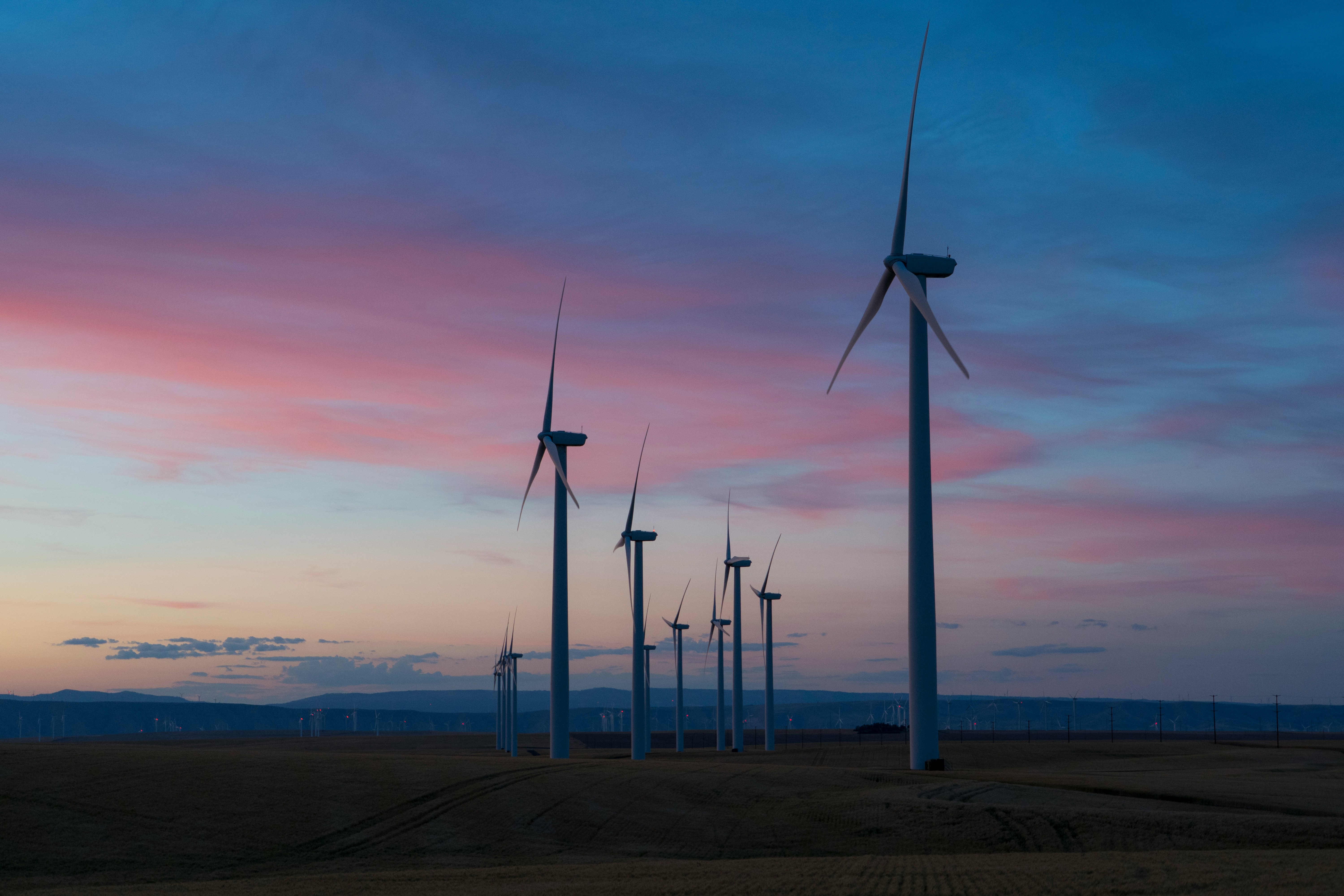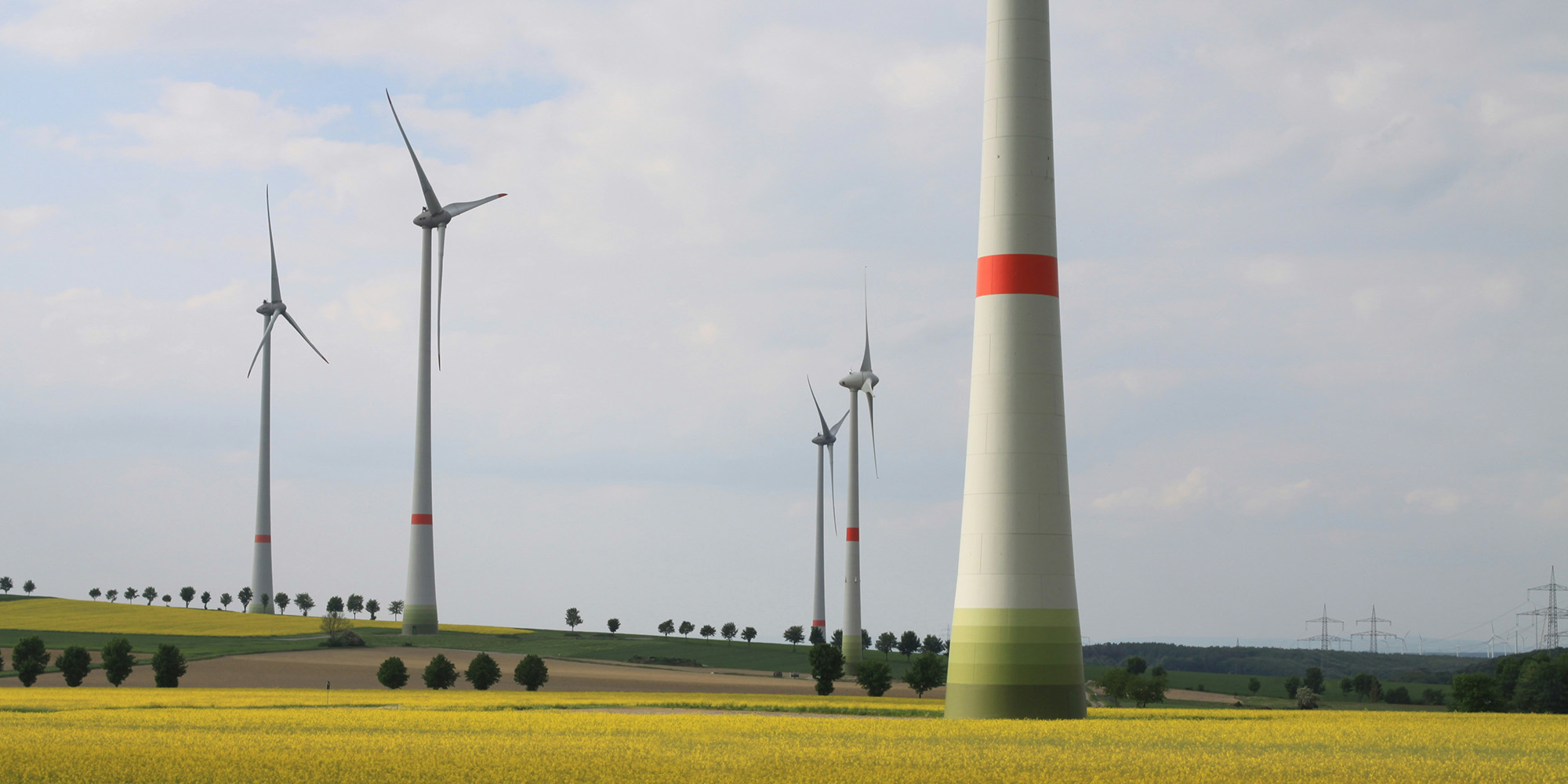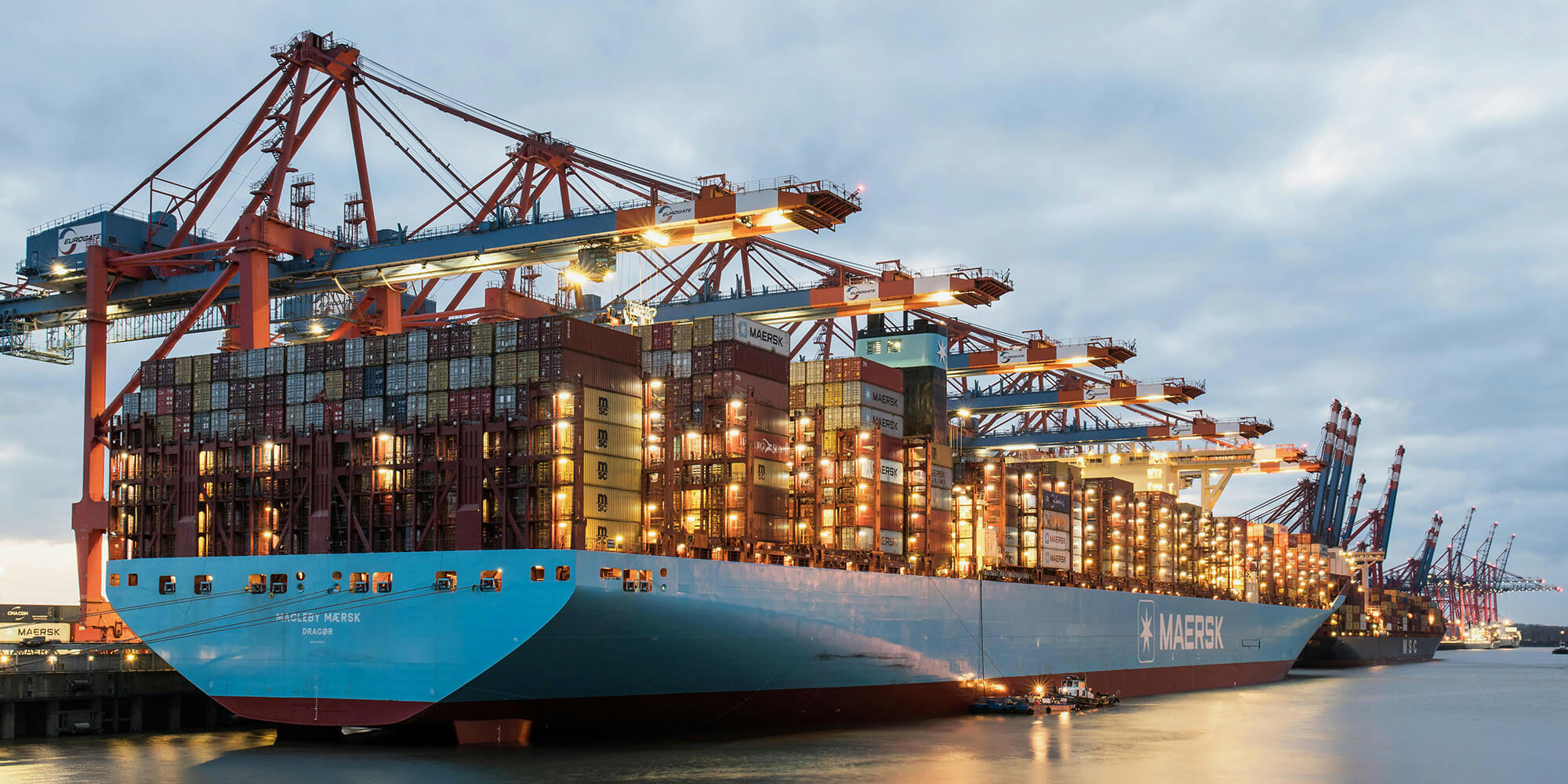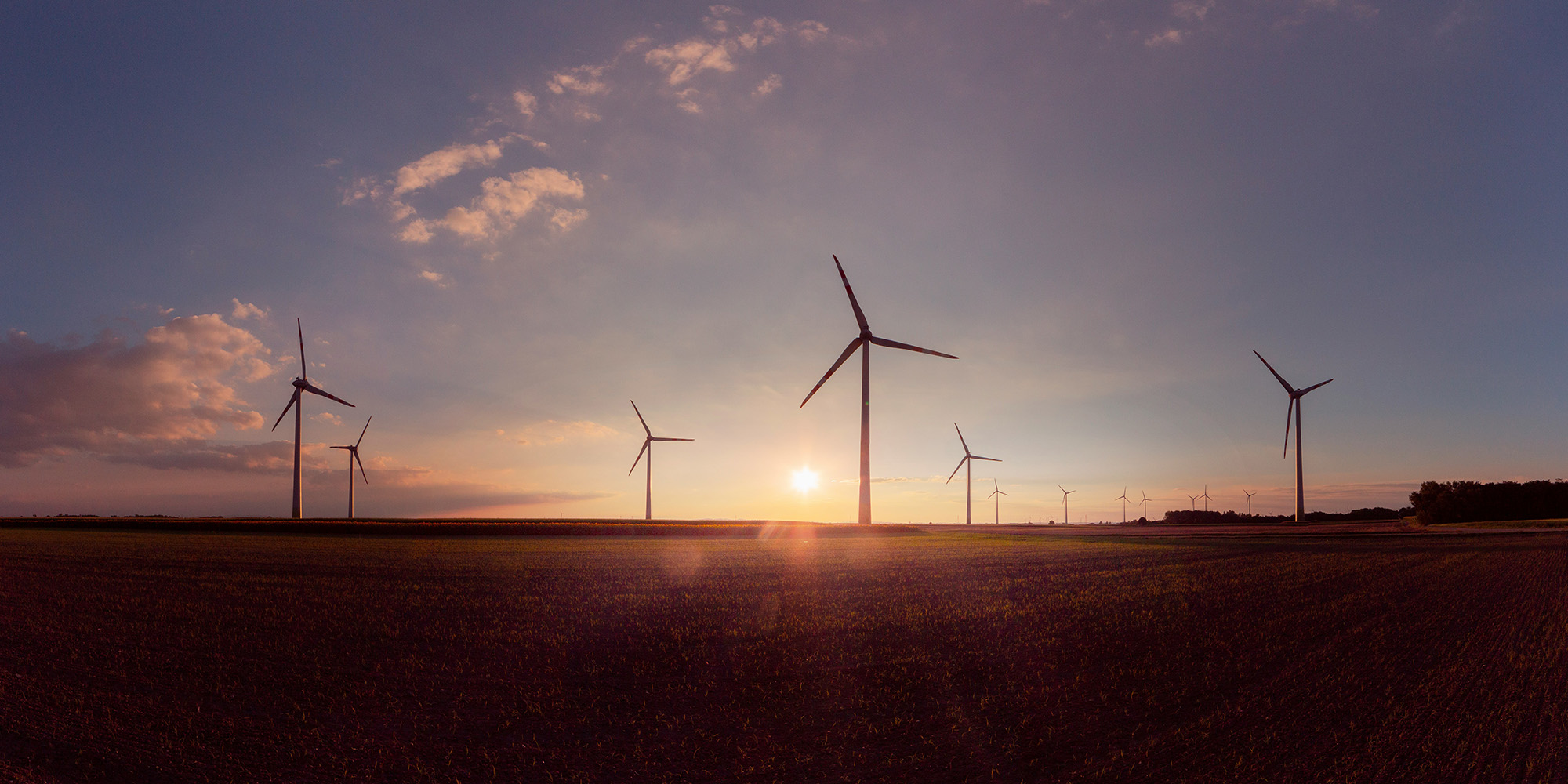In this article:
- What are negative electricity prices?
- Why are negative prices becoming more common?
- How do negative electricity prices affect PPA pricing?
- Can PPA off-takers achieve savings by considering negative electricity prices?
- Will negative hourly prices impact renewable energy development?
- What countries are most likely to experience the largest effect on PPAs?
- How can Ecohz help?
What are negative electricity prices?
Negative electricity prices occur when supply exceeds demand in a given price area. Electricity has a different price every hour of the day — what we call the spot price. When production surpasses consumption, instead of charging consumers for power, electricity generators must pay the grid operator to deliver their electricity or otherwise halt production.
Negative prices are closely linked to renewable energy generation. On particularly windy or sunny days, clean power plants may generate more energy than average, which — lacking sufficient storage capacity — must be dispatched to the grid. This surge in production can sink prices below zero.
Why are negative prices becoming more common?
Negative price hours are becoming more frequent, partly due to the growing share of renewable energy in the electricity mix. According to Montel, electricity prices in the EU were negative for a record number of hours in 2024, with Finland experiencing the most negative hourly prices for the second consecutive year.
As renewable electricity generation increases, we can expect more negative hourly prices in the future. This reality has just recently started to be factored into Power Purchase Agreements.
How do negative electricity prices affect PPA pricing?
PPA prices are, on a high level, calculated by averaging electricity prices over a specific period, such as a month, and then projecting that monthly price for the duration of the contract. Based on this forecast, the producer and off-taker negotiate a mutually beneficial agreement, which also acts as a hedge against a volatile power market.
In the past, negative hourly prices did not significantly impact PPAs. In fact, they were so rare that it was common practice to exclude them from the calculations, along with the volume of energy produced during those periods. If prices dropped below zero, producers would redirect the energy to the grid and assume the delivery cost.
However, the growing prevalence of negative hourly prices means they are no longer negligible. New PPA calculations may now include these hours at a value of zero, where the energy is delivered but the price is null.
This updated methodology has a dual benefit. For off-takers, the average hourly price decreases, lowering electricity costs over the entire contract period. For producers, the financial risk of having to pay to deliver electricity is mitigated — the hourly price may fall to zero but will not dip below it.

Can PPA off-takers achieve savings by considering negative hourly prices?
To demonstrate potential savings, we modelled the cost of a Spanish solar PPA incorporating negative hours.
We began by analysing hourly electricity prices for every day of 2024, using the year as a proxy. Since the example is based on a solar PPA, we excluded hours between 22:00 and 07:00 to replicate the average annual production profile of a Spanish photovoltaic system. We then calculated two monthly averages: one including negative hours at zero and another excluding negative prices altogether.
Using an annual electricity consumption of 25 GWh, we applied various projections to estimate potential savings. What did we learn? Including negative hours at zero reduced the average electricity price in Spain for our modelled PPA off-taker by 2% to 5% per MWh.
Keep in mind that these projections may vary depending on multiple factors, including location and technology. For instance, choosing the predominant renewable energy technology in a given area — which is likely to drive negative hourly prices — could result in higher savings for off-takers.
Using Spain again as an example, we have seen capture rates for solar producers at 40%, which means they achieve an average price which is 60% lower than the market average.
Capture rates refer to the actual achieved average price compared to the average market price over a given period of time. This means that product price forecasts will also differ based on the PPA structure, whether it’s pay-as-produced (where off-takers receive a percentage of hourly production) or baseload (where a fixed volume is supplied regardless of production fluctuations).
Will negative hourly prices impact renewable energy development?
Negative hourly prices pose challenges for the renewable energy sector, with investors already voicing concern over the profitability of new installations.
The relevance of PPAs is likely to increase. For project developers, long-term offtake contracts are already instrumental for securing bank loans that enable the construction of new devices. The rise in negative hourly prices might cement the importance of PPAs in ensuring the financial viability of new clean energy projects.
At the same time, we could see accelerated investment in storage technologies and grid flexibility. Energy carriers, such as green hydrogen, could also benefit from surplus renewable energy production, advancing the decarbonisation of hard-to-electrify sectors.
What countries are most likely to experience the largest effect on PPAs?
Although several European countries experienced a notable increase in the occurrence of negative electricity prices, the impact of these on PPA prices will not be felt uniformly across the continent.
“The impact of negative prices in Nordic areas is lower, given the nature of price setting in hydro-dominated price zones and the ability of reservoirs to dampen the most extreme negative hours,” says Katinka Bogaard, managing director at Volt Power Analytics, who run a comprehensive model of electricity prices across Europe. “The negative price level in the Nordic zones will likely be, so to speak, imported from the continent.”
Electricity storage capacity will also play a significant role in PPA price dynamics. “In our model, the impact of batteries clearly dampens the effect of negative prices,” Bogaard continues. “We could see enough build out of batteries for negative prices to stabilize by the early 2030s. The areas with the largest effects observed include Germany, the Netherlands, and Great Britain.”
How can Ecohz help?
As negative electricity prices surge in Europe, there is a growing opportunity for corporate buyers to secure advantageous Power Purchase Agreements. Ecohz can help companies find the PPA project that covers their needs and factor in this new variable to negotiate the best contract terms.
Our team can also connect renewable electricity producers with potential off-takers, helping them secure financing that makes new projects bankable.


.png?width=3840&height=2560&name=Sun(1).png)

.png?width=3840&height=2560&name=Landscape_2(1).png)





